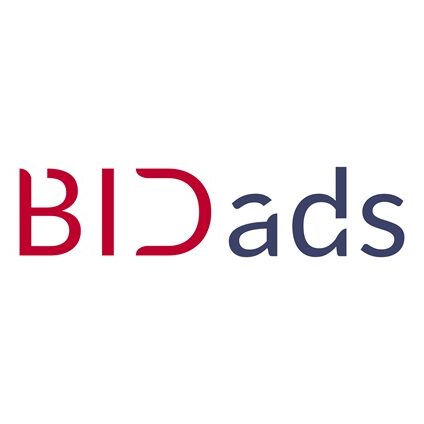Give us a call!
Send us a message!
Over 60% of Talent Place Survey Respondents Choose Work-Life Fit Over Work-Life Balance. Has This Growing Trend Become a Permanent Fixture in Digital Marketing?
"Work-life balance was largely an elusive and hypothetical concept before the pandemic. Today, we can’t imagine our daily reality without it." The authors of the report "Talent Trends 2023: The Invisible Revolution" summarize the current labor market transformation in a single sentence: "The biggest shift in work culture since the dawn of the internet."
As more companies recognize the need to support employees’ well-being, they are expanding policies focused on work-life balance. However, alongside the traditional Work-Life Balance model (a strict separation between work and personal life), a more flexible approach—Work-Life Fit—is gaining traction.
According to the report "Current Work Model in Companies and the Work-Life Fit System" by Talent Place, Work-Life Fit is preferred by more respondents than Work-Life Balance (61.3% vs. 43.4%), and its popularity is growing. Supporters of Work-Life Fit cite several key benefits:
The ability to integrate work and personal life more effectively (51% found Work-Life Fit more suitable for them).
Increased productivity due to reduced pressure from supervisors (48%). A work culture based on trust between employers and employees (42%). On the other hand, those who did not choose Work-Life Fit said that: They prefer working according to a fixed schedule (39%). They are accustomed to the current work model and do not want to change it (35%). They fear that Work-Life Fit could blur the lines between personal and professional life, leading to chaos (32%). Key Factors for Implementing Work-Life Fit Employees highlighted several essential factors for a successful Work-Life Fit strategy: Flexible working hours (chosen as the top priority by 1 in 3 respondents). Clear and well-defined goals for employees (24%). Flexible work location (18%). A strong workplace culture that supports this model (16%). The benefits of Work-Life Fit are varied: More well-rested employees (62%). Increased productivity (48%). Fewer workplace conflicts (48%). Reduced office costs (38%).
Will Work-Life Fit Replace Work-Life Balance in Digital Marketing? "Due to the nature of the industry, Work-Life Fit may be a more realistic approach in digital marketing. Digital marketing specialists often work remotely, across different time zones, and with flexible project schedules. The ability to align work with personal preferences and life commitments can be beneficial for both employers and employees," - says Magdalena Radecka, Project Manager at BIDads,a company supporting recruitment projects for digital marketing employers. She adds: "However, this does not mean that Work-Life Fit will completely replace Work-Life Balance. In practice, many individuals and organizations adopt a hybrid approach that combines elements of both models. The choice depends on individual preferences, business needs, and the specific work context."


